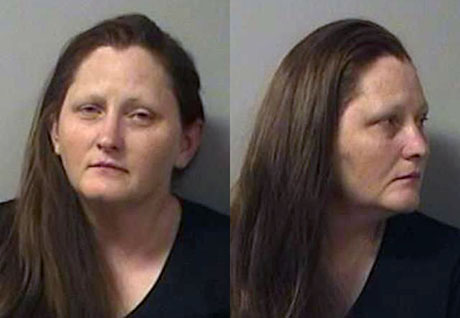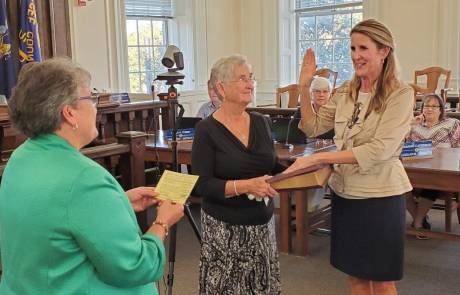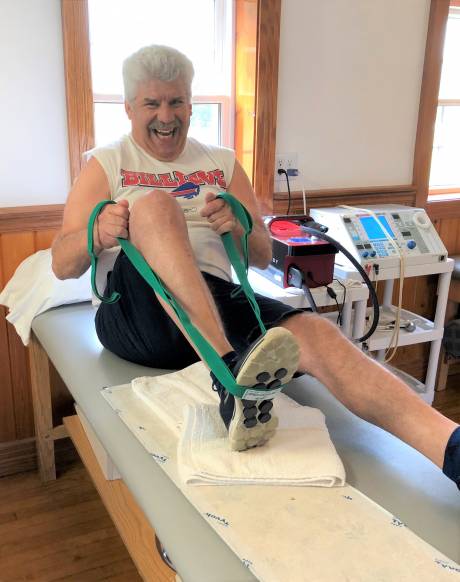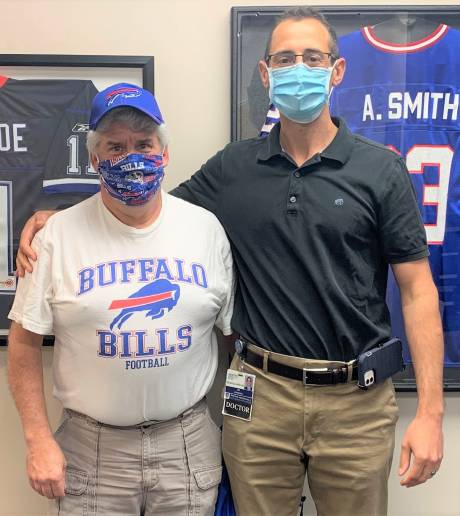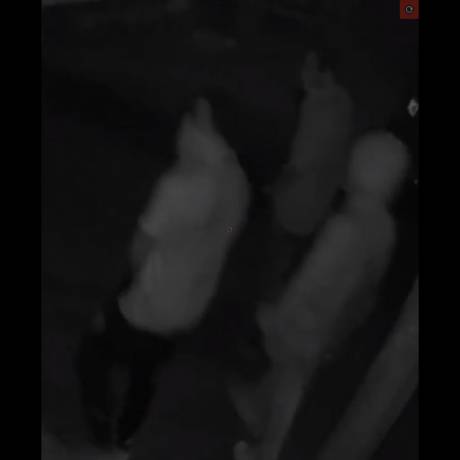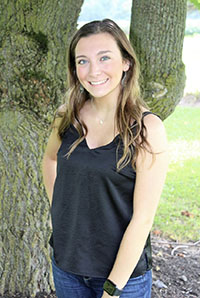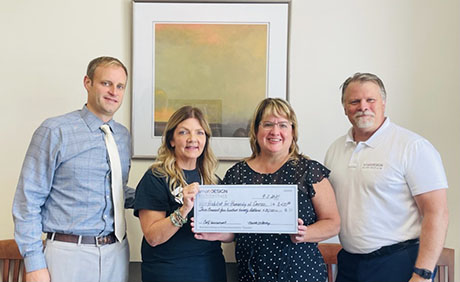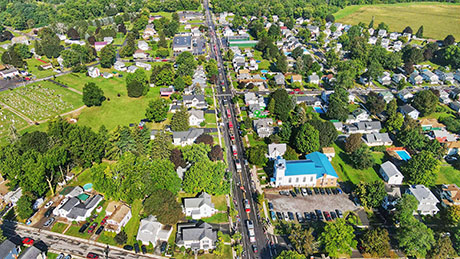GCEDC board of directors accepts application for New York Bus Sales facility in Town of Batavia
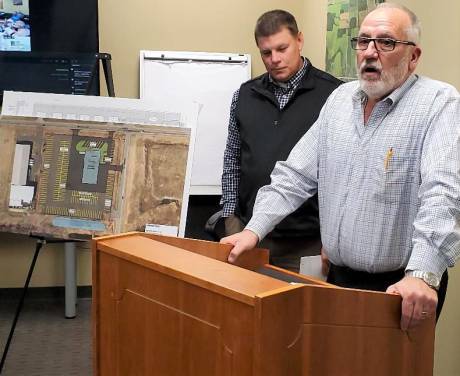
Destination: Corner of West Saile Drive and Call Parkway.
New York Bus Sales -- pending approvals by local planning boards and scheduling of a public hearing – will be putting into motion its plan to construct a 20,000-plus-square foot facility at what has become a “go-to” location in the Town of Batavia.
Following a 10-minute presentation by two company officials this afternoon, the Genesee County Economic Development Center board of directors accepted an application from Valiant Real Estate USA, Inc., which is working on behalf of the Chittenango-based business – the largest authorized Blue Bird school bus dealer in New York State.
“When we were looking at this, we looked at strategically planning it and Batavia was the spot that worked for us,” said John Johnston, company vice president. “It is centrally located between two of the major urban areas. Electric buses – that’s where they will be strong. It made more sense for us to put it here.”
Johnston and Comptroller Jeff Purdy said Blue Bird is “very big” into alternative fuels, with many of its fleet of buses powered by propane and an increasing number by electricity.
“One of the big things that we see coming, that Blue Bird sees coming is electric vehicles,” Johnston said. “They are on the forefront with some of the first electric school buses. They have over 500 of them in service currently and another 500 to be delivered by the end of the year.”
The Batavia location would replace a leased facility in Rochester, said Purdy, noting the Rochester shop is significantly smaller, and is landlocked with no room for expansion.
Johnston said they considered putting the facility in Buffalo “but that did not make sense; it made more sense to centrally locate it in Batavia.”
Chris Suozzi, GCEDC’s vice president of Business & Workforce Development, said he showed several sites – including Pembroke and Bergen -- to Johnston and Purdy.
“They settled on Batavia,” Suozzi said. “They said they wanted to be on Saile Drive, and I think it’s the last lot that they found.”
New York Bus Sales’ proposal is to construct the building to support the sales and parts needs as well as the service of school buses in Western New York. The company hopes to break ground this fall.
Johnston said his company will be able to maintain the vehicles of bus companies that service schools in Western New Work – businesses such as First Student, First Transit and Student Transportation of America.
“So, one of the things that we’re looking at is some of those operators don’t have repair facilities – they basically outsource it. So, we’re looking at the fact that we’ll actually bring them in and maintain some of those vehicles. We’re basically like a car dealer, but for school buses,” he said.
He noted that electric vehicles would be most useful to schools located in urban areas, and that’s another reason Batavia fits the bill,
“We’re talking the second- and third-largest urban areas, and (us) being centralized between them,” he said. “We think that’s the biggest window of opportunity for EV product to be out there.”
Breaking down the proposed Batavia facility’s layout, there will be approximately 12,000 square feet of repair area with 11 work bays; approximately 4,000 square feet for parts, and approximately 4,000 square feet of office space, and another 1,500 square feet for a meeting/training room to support school districts and school bus operators.
Johnston said New York Bus Sales supports the New York Association For Pupil Transportation, and the New York Head Mechanics Association For Safe Pupil Transportation, Inc.
“One of the things that they get into quite frequently is having a facility to train in,” he said. “We will have a training room in this facility to not only train mechanics for the school districts but also to support and back both of those organizations in this part of the state.”
They said the site will include 18 parking spaces for electric buses, more than 100 parking spaces for full size buses and more than 50 parking spaces for mini-buses, with six regular charging stations and two fast charging stations. LaBella Associates of Rochester has been hired to do the engineering and design work.
Purdy said the total capital investment is estimated at $4.5 million, and the project will create 24 additional full-time equivalent jobs paying $30,000 to $75,000 annually by year three.
New York Bus Sales is seeking $430,120 in tax abatements: $224,800 in sales tax exemptions, $45,000 in mortgage tax exemptions and $160,320 in property tax exemptions. A 10-year Payment in Lieu of Taxes Agreement also is part of the financial assistance proposal. GCEDC officials project that for every $1 of public benefit, the company is investing $50 into the local economy.
The company has eight locations across the state – main sites in Chittenango, Ravena, Middletown and (currently) Rochester, as well as service contract facilities at school districts in Greene, Whitney Point, Morris and Malone. It also has three on-the-road service technicians.
In other action, the GCEDC board gave its final approval of incentives to Liberty Pumps expansion in Bergen and accepted the application (with a public hearing to be scheduled) for J&R Fancher Property Holdings LLC’s mixed-use development project at Brick House Corners in the Town of Pembroke.

Photo at top: John Johnston, right, and Jeff Purdy present New York Bus Sales plan to build at the intersection of West Saile Drive and Call Parkway in the Town of Batavia. Photo at bottom: Site plan of the garage and numerous parking spaces for school transportation vehicles. Photos by Mike Pettinella.
Previously: GCEDC board to consider three projects at meeting on Thursday


